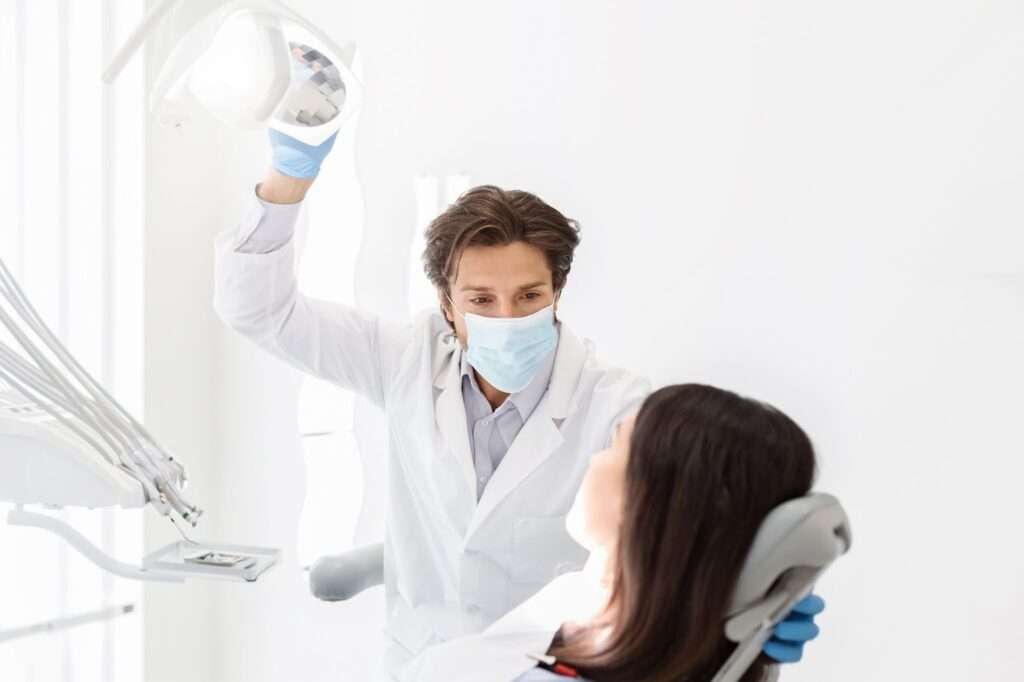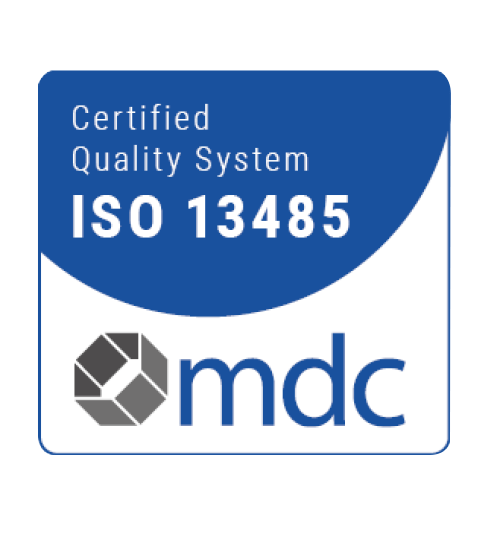
Technological advancements continue to revolutionize the way dental professionals diagnose, plan, and execute treatment. Among these innovations, intraoral scanning technology stands out as a game-changer, offering a host of benefits for both patients and practitioners. In this comprehensive exploration, we delve into the role of intraoral scans in modern orthodontics, examining their significance, advantages, applications, and future implications.
Whether you have used intraoral scans or are interested in treatment, this blog will help you make informed decisions about your dentistry and orthodontic care, making the best choices to perfect your smile and those of your family members.
Understanding Intraoral Scans
Intraoral scanning involves the use of digital scanners to capture highly detailed, three-dimensional images of a patient’s oral structures, including teeth, gums, and surrounding tissues. Unlike traditional methods that rely on messy and uncomfortable impressions using dental putty, intraoral scans offer a non-invasive and more comfortable alternative. The scanner’s wand-like device is maneuvered throughout the mouth, capturing precise digital impressions in real-time. These digital impressions are then used to create virtual models of the patient’s dentition, which can be analyzed, manipulated, and shared electronically.
These digital impressions are then used to create virtual models of the patient’s dentition, which can be analyzed, manipulated, and shared electronically. This digital workflow streamlines the diagnostic process, allowing orthodontists to visualize the patient’s oral anatomy with unprecedented clarity and precision. Additionally, digital models generated from intraoral scans serve as a valuable tool for treatment planning, enabling orthodontists to explore various treatment options and simulate potential outcomes before initiating treatment.
Advantages of Intraoral Scans for Patient
The adoption of intraoral scanning technology has transformed the patient experience in orthodontic care. One of the most significant advantages is the elimination of the discomfort associated with traditional impression materials. Patients no longer have to endure the unpleasant taste, smell, or gag reflex triggered by dental putty, making the process more tolerable, especially for children and individuals with sensitive gag reflexes.
Intraoral scans offer greater accuracy and precision compared to traditional impressions, reducing the likelihood of errors and the need for re-impressions. This not only saves time but also ensures that treatment plans are based on reliable data, leading to better outcomes. Additionally, the ability to visualize digital models of their teeth allows patients to gain a better understanding of their orthodontic issues and proposed treatment plans, fostering greater engagement and confidence in the process.
Advantages of Intraoral Scans for Practitioners
Intraoral scanning technology has also revolutionized the way orthodontists approach diagnosis, treatment planning, and collaboration with other dental professionals. The digital nature of intraoral scans allows for enhanced visualization and analysis of the patient’s dentition, facilitating more accurate diagnosis of orthodontic issues and comprehensive treatment planning.
Intraoral scans provide orthodontists with access to a wealth of digital tools and software applications for treatment simulation, virtual model manipulation, and outcome prediction. This enables them to explore various treatment options, simulate potential results, and communicate treatment plans more effectively with patients.
Applications in Orthodontic Treatment
Intraoral scanning technology has broad applications across various stages of orthodontic treatment, from initial diagnosis to post-treatment retention. During the diagnostic phase, digital impressions provide orthodontists with detailed information about the patient’s dental anatomy, occlusion, and malocclusion. This information guides the formulation of a comprehensive treatment plan tailored to address the patient’s specific orthodontic needs.
In the treatment planning phase, intraoral scans allow orthodontists to visualize the desired treatment outcomes and simulate the predicted tooth movements using advanced software tools. This virtual treatment simulation enables orthodontists to assess different treatment approaches, anticipate challenges, and communicate effectively with patients about their treatment goals and expectations.
Future Implications and Innovations
Looking ahead, the future of intraoral scanning technology in orthodontics holds tremendous promise for further advancements and innovations. Continued research and development efforts are focused on enhancing the speed, accuracy, and usability of intraoral scanners to meet the evolving needs of patients and practitioners.
The emergence of cloud-based orthodontic software platforms facilitates seamless data sharing and collaboration between orthodontists, dental laboratories, and other stakeholders involved in the orthodontic workflow. Cloud-based solutions enable secure storage, access, and sharing of patient data and treatment plans, empowering orthodontists to deliver more efficient and coordinated care.
Learn More About Intraoral Scans Today
Intraoral scanning technology has emerged as a cornerstone of modern orthodontics, offering unparalleled advantages for both patients and practitioners. From enhanced patient comfort and engagement to improved diagnostic accuracy and treatment efficiency, intraoral scans have transformed the orthodontic experience in remarkable ways. As technology continues to evolve and new innovations emerge, the role of intraoral scanning in orthodontics is poised to expand further, driving advancements in patient care, treatment outcomes, and overall practice efficiency.
Visit our FirstClass Aligners blog to learn more about the best treatments and services to perfect your smile today!






